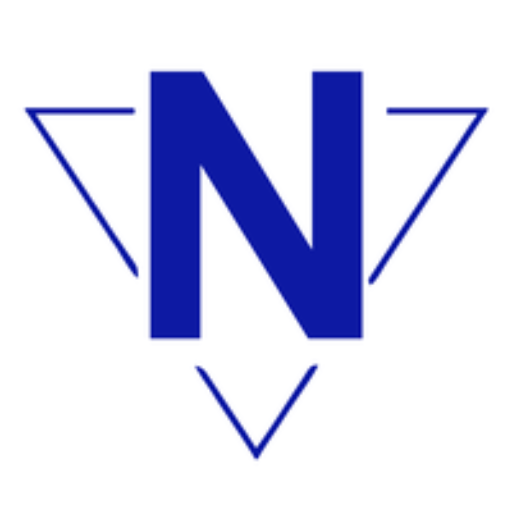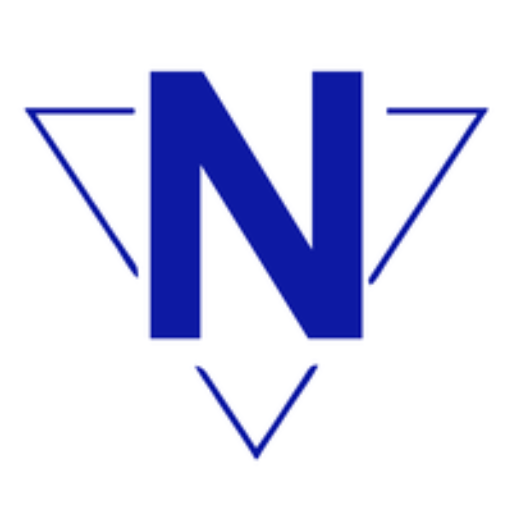Introduction: Why Blockchain Matters in 2025
Blockchain technology continues to transform industries in 2025 — from finance and supply chains to gaming and digital identity. Whether you’re a student, developer, investor, or simply curious, understanding blockchain is no longer optional — it’s essential. This beginner-friendly guide walks you through blockchain step by step with no technical jargon.
What is Blockchain? A Simple Explanation
At its core, blockchain is a digital ledger that records transactions across multiple computers so that the record can’t be changed retroactively. It’s decentralized, transparent, and secure — making it ideal for things like cryptocurrency, voting systems, and asset tracking.
Key Features:
- Decentralization: No single authority controls the data.
- Immutability: Once added, data can’t be altered.
- Transparency: All transactions are visible to participants.
Step 1: Understand the Building Blocks
a. Blocks
A block is a group of transaction data.
b. Chain
Blocks are linked in chronological order, forming a chain.
c. Nodes
Computers (nodes) maintain the network and validate transactions.
d. Consensus Mechanisms
Techniques like Proof of Work or Proof of Stake help the network agree on valid transactions.
Step 2: Learn About Use Cases in 2025
Blockchain is no longer just about Bitcoin. In 2025, here are the top blockchain applications:
- Cryptocurrencies: Bitcoin, Ethereum, and stablecoins
- DeFi (Decentralized Finance): Banking without intermediaries
- NFTs & Digital Assets: Ownership of art, music, and collectibles
- Supply Chain Management: Transparent product tracking
- Healthcare: Secure patient data and records
- Gaming: Play-to-earn and digital ownership
Step 3: Choose Your Learning Path
Depending on your goals, pick the right learning direction:
| Goal | Focus Area |
| Invest in Crypto | Learn about wallets, exchanges, and market trends |
| Become a Developer | Study Solidity, smart contracts, and DApps |
| Understand Use Cases | Explore real-world applications and case studies |
| Build a Career | Follow certifications, network, and join blockchain communities |
Step 4: Learn the Tools of the Trade
To get hands-on, familiarize yourself with these tools:
- Crypto Wallets: MetaMask, Trust Wallet
- Block Explorers: Etherscan, Blockchain.com
- Smart Contract Platforms: Ethereum, Solana, Polygon
- Learning Platforms: Coursera, Binance Academy, CryptoZombies
Step 5: Practice with Real Projects
Start small. Try:
- Sending crypto between wallets
- Minting a basic NFT
- Testing a smart contract on a testnet
- Joining a DAO (Decentralized Autonomous Organization)
Step 6: Stay Updated
Blockchain is fast-evolving. Here’s how to stay current in 2025:
- Follow news sites like CoinDesk, Decrypt, and Cointelegraph
- Join Reddit communities like r/cryptocurrency
- Subscribe to YouTube channels (e.g., Whiteboard Crypto)
- Attend online meetups and Twitter Spaces
Step 7: Avoid Scams and Stay Safe
In the Web3 world, security is critical:
- Use cold wallets for large holdings
- Enable 2FA on exchanges
- Beware of phishing links and rug pulls
- Never share your seed phrase
Final Thoughts: Your Blockchain Journey Starts Now
Blockchain is no longer just a buzzword — it’s a digital revolution. With the right foundation, tools, and mindset, anyone can master the basics and grow from there. Whether you’re in it for curiosity, career, or capital, 2025 is the perfect time to begin. Read more
FAQs:
Q: Is blockchain hard to learn for non-techies?
A: Not at all. With beginner resources and simple projects, anyone can understand the core concepts.
Q: Do I need to invest in crypto to learn blockchain?
A: No. You can explore testnets, simulations, and free courses without spending money.
Q: Can blockchain help my career in 2025?
A: Absolutely. Blockchain jobs in development, marketing, and analysis are booming.




